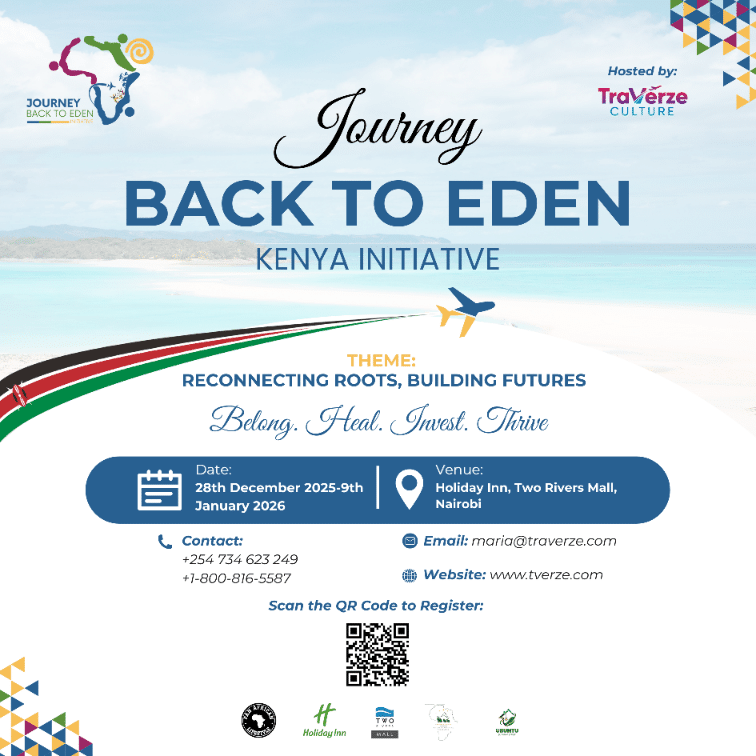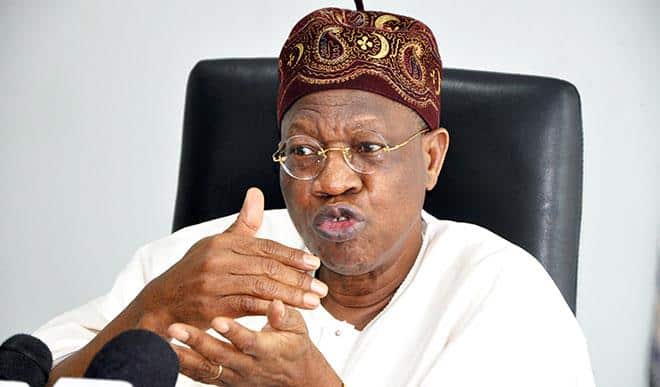One of the saddest experiences of growing up in a South African township is the level of violence that sometimes leads to injury or even loss of life.
Those of my generation born in the 1970s and later 1970s were accustomed to this experience growing up in the 1980s.
This violence came from political insurrection gangsterism, or downright thuggery. Of course, township life also has its positive aspects. Sports, recreation and the arts are at the top of the chart in my book. By all accounts, children and the youth have the most fun engaging in these three activities.
These disciplines were the norm in the townships, including township schools, during my township schooling in the 1980s and early 1990s.
As the 1994 post-apartheid democratic order took effect, the cracks gradually became visible.
The popular sports athletics days for primary and high schools in the townships and district athletics meetings would become something of the past.
This would see other sporting codes, including drama, arts and many recreational activities going under the bus.
Of course, the problems didn’t all start after 1994, even before 1994 and mostly during school holidays, the lack of activities for what seems to be the majority of the township kids and youths was and still is a living reality.
Back then, we ended up creating our own activities like street soccer, cricket, tennis and other popular games in the townships.
Another sector that showed promise, especially from the 1980s to the early 1990s, was that of township youth structures, such as youth clubs, boy cups, scouts, brownies (for girls), and girl guides formed part of popular township kids & youth culture.
The emergence of Kwaito music in the early 1990s seemed to be a natural progression for the youth in the township.
Regrettably, that has not been the case. Although Kwaito music has continued to enjoy success, it has even broken into the international fold.
Their reality is that youth and children in South Africa are experiencing serious neglect as most are not just unemployed, but have been failed by a system that doesn’t pass the test when it comes to nurturing them in activities that they are entitled to in terms of national and international laws.
In the post-1994 dispensation, some programmes for children and youths have been available to mostly a few, while some others have been grossly neglected.
In this chronicle, I’m not planning to mention the government sector’s role or lack thereof.
Possibly, part of the problem has been too much dependence on the government for almost every development that is needed. Closer attention to this possibility has to materialize to fix what needs to be fixed.
The challenges facing townships are multifaceted, as some have suggested, this is probably the case that also needs closer scrutiny.
That’s why the process of fixing these township challenges has to be owned by all sectors and become a daily priority for all to find what has gone wrong and how we fix what is wrong.
Committed and dedicated people in leadership roles, such as school Principals, sports forums, and other sectors, should be entrusted with revitalizing activities in schools and township communities.
In partnership with the Department of Education, SABC drama series in the late 1990s, Yizo-Yizo did a sterling job in exposing and highlighting what is wrong with township schools and township life in general.
From corrupt teachers with a negative influence on the learners to unscrupulous members of the community corrupting the schools and learners, for self-interest; to good members of society, including school governing bodies (SGB) who would go the extra mile in ensuring that things run accordingly in the townships and learners and youth
get the best education and support they need.
The SABC drama series kickstarted a process that allowed the nation to zoom in on what is happening in the townships.
If we hope to turn our situation around and create a winning nation, the nation must hear these stories.
Most probably, a possible winning formula to turn things around lies somewhere else in the world.
Countries like the USA, Germany, the UK, France, Russia, Italy, and China to name a few, have had a remarkable record when it comes to global sporting events like the Olympics, winning the most medals to date.
Then, it would make perfect sense to study how they run their development programmes for children and youth in their communities and schools.
Under Apartheid things were not perfect, but the township situation for children and youth participation in sport, arts and recreation has dilapidated since the dawn of the democratic dispensation in 1994.
By the looks of things, things are likely to get worst if no urgent intervention is made to reverse the situation.
Even the new programmes like cluster leagues, here teams comprising players from schools mixed up with players from the community, have in many cases collapsed or never started at all.
Even other programmes like the Siyadlala Community Mass Participation Programme; Spur Masidlale Soccer Programme, CAF African Schools Football Championship and other mass sports programmes need serious acceleration to broaden their base and reach all of the township kids and youths.
Yesteryear sports people, men and women, and other people in the arts and recreation sectors can rescue another generation from a tragedy of wasted talents.
Let’s do it for the past, current and future generations.
Let’s all play our part.
Can you imagine how much difference that could make if all our private and public organisations, institutions, industries, sectors, and businesses ran children’s and youth programmes of all kinds as part of their Corporate Social Investment (CSI)?
*Mgudlwa is a freelance journalist. He sent in this piece from Cape Town, South Africa.










